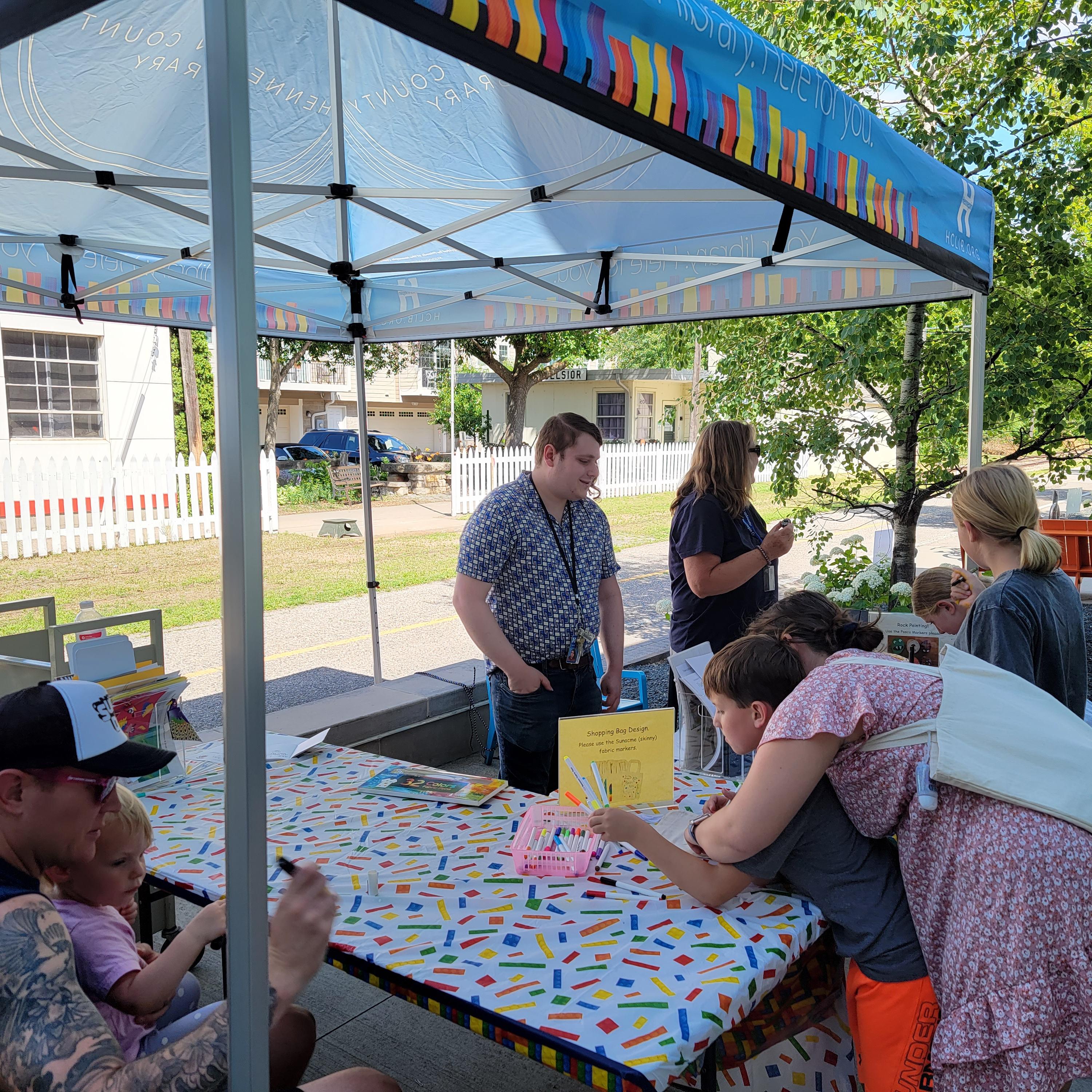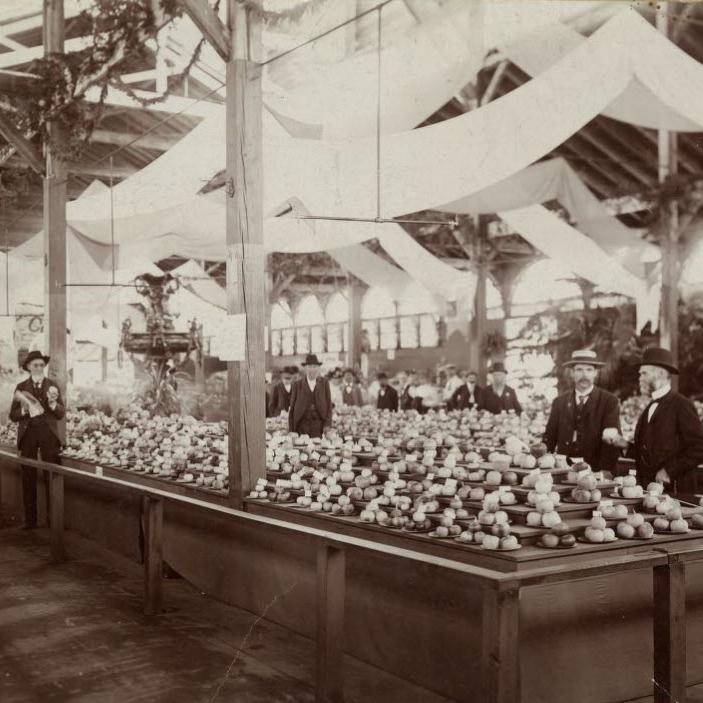by Zach Miller
Quick Summary
From its origins educating Lutheran clergy in Wisconsin to its status today as a majority-minority university, Augsburg has been dedicated to serving its students as well as the local community. Lindell Library and its staff of eight professionals directly support more than 3,000 students in over 60 program areas to make that service possible.

Earlier this month, I had the pleasure of visiting Lindell Library with Library Director Mary Hollerich and University Archivist Stewart Van Cleve. The James G. Lindell Library is Augsburg's third library, dedicated in 1997. Augsburg's first library, wholly contained in the basement of the college's "Old Main" building, was succeeded in 1955 by Sverdrup Library.
"Augsburg has a really strong campus-wide commitment to the local community," Hollerich said as our tour began. Early on, that meant educating Lutheran clergy in Marshall, Wisconsin, before relocating to the outskirts of a very young Minneapolis (now the Cedar-Riverside neighborhood) in 1872. By 1910, Cedar-Riverside was dominated by Scandinavian immigrants and mockingly referred to as "Snoose Boulevard" for the tobacco snuff (snus) they spit onto sidewalks and streets. Decades later, in the 1960's, the blocks surrounding Augsburg were a "home base for the radical left and some of Minnesota's first gay-rights organizers," Van Cleve added. Today, the area is the heart of Minnesota's Somali population, a major reason why Augsburg is now a majority-minority institution, with large numbers of Native American, Hmong, and Somali students on its rolls. (The Augsburg website hosts a guided walking tour that explains the neighborhood's evolution in greater detail.)
Hollerich is fortunate to have what she calls a "wonderful staff of eight." Together, they face the daunting task of supporting 3,200 students in 50 undergraduate program areas and 11 graduate programs. Incredibly, that's not all they do. Beginning in Spring 2020, Research Services Librarian Stacy Cutinella introduced a credit-bearing course on information literacy. After learning about the course, the Saint Paul Public Schools were moved to request that the course be tailored for their teachers and library staff. The work of Student Success Librarian Paul Lai has made the library a leader on campus in the effort to improve instruction for students with disabilities. Student scholarship and faculty publications alike are shared with the public through Augsburg's institutional repository, Idun, under the careful stewardship of Digital Services Librarian Mike Bloomberg.
The Augsburg University Archives house student and faculty art and scholarship along with valuable historical documents spanning Augsburg's history and more. These include audiotapes of speeches dating to the 1960's by such notable figures as Shirley Chisholm and Trần Văn Dĩnh, then Washington Bureau Chief for the Saigon Post, and the former acting ambassador of Vietnam to the United States. Library staff also recently uncovered and preserved a three-minute promotional movie about Minneapolis commissioned by the Northwestern Bell Telephone Company. The library's digitization lab focuses predominantly on historical materials and is the only center on campus equipped to handle VHS, Betamax, and reel-to-reel film. Last year, Van Cleve secured a Legacy Amendment grant to pay for a new HVAC system to better improve the preservation of the physical archives.
Hollerich is quick to point to her library colleagues and Augsburg's ethos of service to the community to explain how Lindell Library does so much for Augsburg students and their neighborhood. "We get lots of resources from Minitex, too," she continued. "Really, we couldn't provide a fraction of the resources we have for our students without Minitex. And Minitex is so easy to work with."



